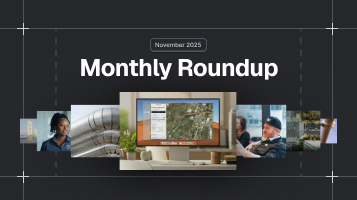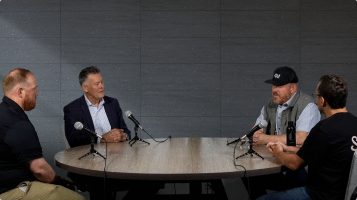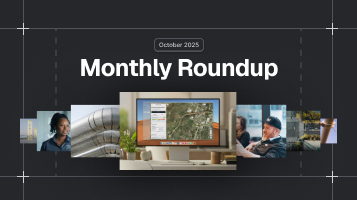Why Doesn't 811 Locate All Utilities?
Written by
.avif)
Chris Garafola
Published on
June 16, 2022


Table of contents
The importance of 811 “Call Before you Dig” is already common knowledge across the construction and infrastructure industries. We’ve discussed at length on this blog the potential damage and cost of accidental utility strikes, and calling 811 before digging is a key tool to prevent utility strikes. In many states, including Texas, calling 811 can be a legal requirement before beginning work on a project that requires excavation.
However, while 811 is an important and required element of any excavation–it’s not perfect. Integrating other tools, like utility mapping, is crucial for project stakeholders who need to understand the subsurface utility landscape of their project.
In this post, we’ll touch on the following points:
- What is 811?
- Why can’t project stakeholders rely on 811 as their only source of utility information?
- How can utility mapping help?
What is 811?
811 is a national phone number designated by the FCC to connect professionals and homeowners before digging with their local One Call center. When an individual calls 811, they’re connected with their local One Call center, which collects information about the planned dig site. The One Call center coordinates with utility owners, who send locators to the field to mark all known utilities in the area (using flags and painted lines). This process normally takes a few days.
811 locators rely on utility as-built data provided by counties, cities, states, and other municipalities, as well as private utility owners. The markings that they leave are a reflection of the subsurface landscape according to the data that they’re able to access.
Why can’t project stakeholders rely on 811 as their only source of utility information?
811 is an important service and a key element in preventing accidental utility strikes. But 811 locators can only locate based on the as-built data that they receive–and that data can be notoriously unreliable.
811 locators work based on existing as-built data of variable quality and trustworthiness. We’ve discussed at length on this blog some of the common issues with as-built data, which can be inaccurate, hard to rely on, and sometimes siloed away in different municipal and county offices. These issues can make utility coordination a challenge. Further, this data can’t do anything to identify utility lines that are unregistered, and yet those lines can pose a very real (and expensive problem) to contractors out in the field.
In addition, 811 is mainly intended as a service for the construction phase and the days just before beginning excavation–many 811 centers are nicknamed “Call-before-you-dig.” While that ensures that contractors are seeing the most-up-to-date as built information, it also can complicate efforts to understand the subsurface utility landscape in the earlier stages of the project. That, in turn, can add challenges for avoiding utility conflicts and relocations in the pre-design and design phases.
For that reason, many stakeholders throughout the project delivery process turn to other tools and resources to understand the subsurface landscape. In the later phases of design and construction, many project managers and engineers use Subsurface Utility Engineering (SUE) experts, who locate utilities using specialized methods out in the field. Subsurface Utility Engineering isn’t always the best option for earlier in the project delivery process however, especially for evaluating multiple sites and for large areas.
How can utility mapping help?
Utility mapping can address the key issue facing 811–a lack of reliable as-built data. Using visual evidence, utility mapping can confirm as-built data, verify and correct discrepancies between as-built records and field conditions, and find abandoned and unregistered utilities that don’t appear on as-built records. This gives all project stakeholders, from the project owner to the contractor in the field, a stronger understanding of the subsurface landscape of their project.
Because subsurface utility mapping quick and offers early look at subsurface conditions from the earliest phases of a project, it can give project managers, estimators, and engineers the ability to avoid utility conflicts from the outset.
Remote utility mapping offers benefits in the later stages of the project lifecycle as well. It can give subsurface utility engineers a reliable roadmap to guide their field exploration, shortening time needed in the field. And, it can give general contractors a high quality final record to close out projects–shortening the amount of time it takes to get paid.
Recent blog posts

Our Newsletter
Join 7k infrastructure professionals
Get monthly insights on ways to build smarter, faster and safer with Utility AI.





